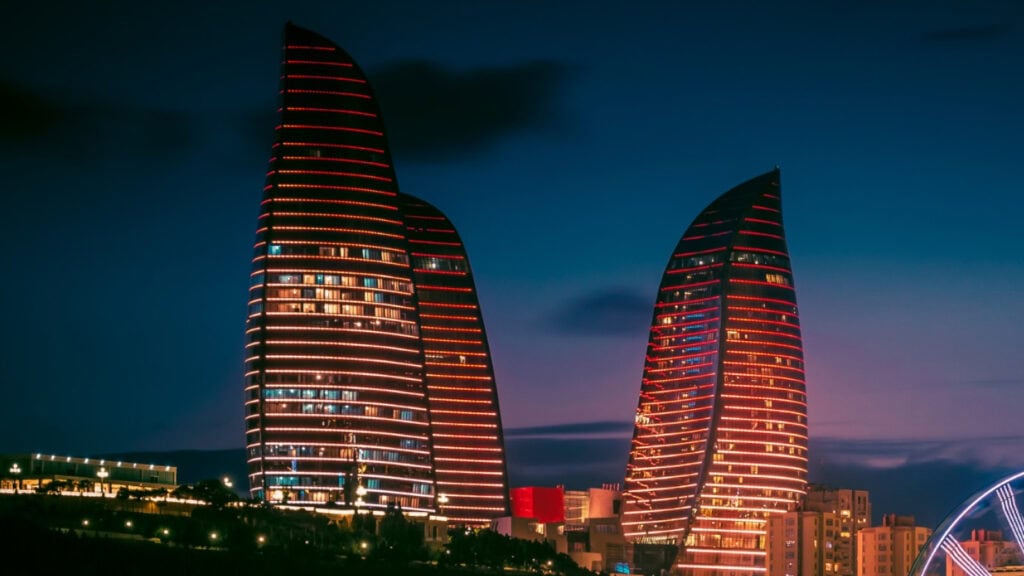Leyla and Arzu Aliyeva secretly acquired a majority stake in an Azerbaijani mining consortium called Azerbaijan International Mineral Resources Operating Company, Ltd. (AIMROC), which was granted a near-monopoly on the country’s gold and silver mining.[680] [952] [953] [954] [955] [956] [1357] [1409]
They acquired the stake via shell companies in Panama. Their ownership was first revealed in 2012 by Radio Free Europe/Radio Liberty and subsequently confirmed in 2016 by documents in the Panama Papers.[680] [886]
The use of corporate vehicles to obscure ownership by politically exposed persons (PEPs) is a red flag for potentially suspicious activity, according to the Financial Action Task Force (FATF),[1294] as is the use of tax havens such as Panama. A combination of strict banking secrecy rules and the availability of international business companies—a type of offshore company—have made Panama an attractive jurisdiction for protecting assets from confiscation during the course of litigation.[1343] *
The deal dates back to 2007, when AIMROC was awarded a concession to mine gold in the Caucasus mountains in partnership with the Azerbaijani government.[680] Under the agreement, AIMROC controlled 70% of the concession, while the government of Azerbaijan owned 30%.[680] The concession ran for 30 years and spanned six contract areas—Kohnemadan, Daghkesemen, Garadagh, Chovdar, Kurekchay, and Goydagh.[680] [952] [953] [954] [955] [956] The jewel in AIMROC’s crown was a mine at Chovdar, in the Lesser Caucasus, which was estimated to contain at least 44 tons of gold and 165 tons of silver, worth as much as $2.5 billion.[548] [886]
The agreement sparked concern from day one. AIMROC, the concessionaire, was criticized by lawmakers for having been set up specifically for the deal and for lacking mining experience.[680] [855] In parliamentary hearings in 2007, lawmakers objected that no one knew who really owned the consortium, the concession was awarded in breach of bidding rules, and the contract went against Azerbaijan’s national interests.[855] The deal was nonetheless waved through, and the consortium began mining.
Chovdar began producing gold in 2012, a result of one joint-venture partner—Londex Resources S.A—investing almost $230 million in setting up mining operations, including building a factory.[548] The Panama Papers subsequently revealed that Londex was owned by Leyla and Arzu Aliyeva, making them the majority owners of the AIMROC consortium with 56%. The involvement of PEPs in mining—a high-risk industry—is a red flag for potentially suspicious activity, according to the FATF.[1294]
Within the first year of production, the AIMROC consortium was Azerbaijan’s second largest gold producer;[1367] [548] it produced two tons of gold—worth $30 million—before abruptly suspending operations in April 2014.[818] In the aftermath, approximately 300 mine workers were placed on unpaid leave, and a group of them marched on AIMROC’s headquarters in Baku in January 2016, demanding their unpaid wages. Guards told them that the company had vacated the building, had placed its shares up for sale in 2014, and had “virtually ceased to exist.”[818] [819]
Olivier Mestelan, a Swiss lawyer and associate of the sisters, was an officer of the Panama companies and signed Londex’s incorporation documents.[886] [21] [29] [301] [493]
The use of intermediaries such as lawyers to incorporate companies in tax havens on behalf of PEPs, thus helping them to shield their identities, is another red flag indicating potentially suspicious activity, according to the FATF.[1294]
To learn more about the Aliyev family’s enablers, including Olivier Mestelan, read The Sentry’s paper “Azerbaijan’s Enablers: Exposing the Team That Helped Construct and Maintain the Aliyev Empire.”
* The Financial Action Task Force (FATF) is an international body that develops and promotes policies to protect the global financial system and sets standards for money laundering controls.
